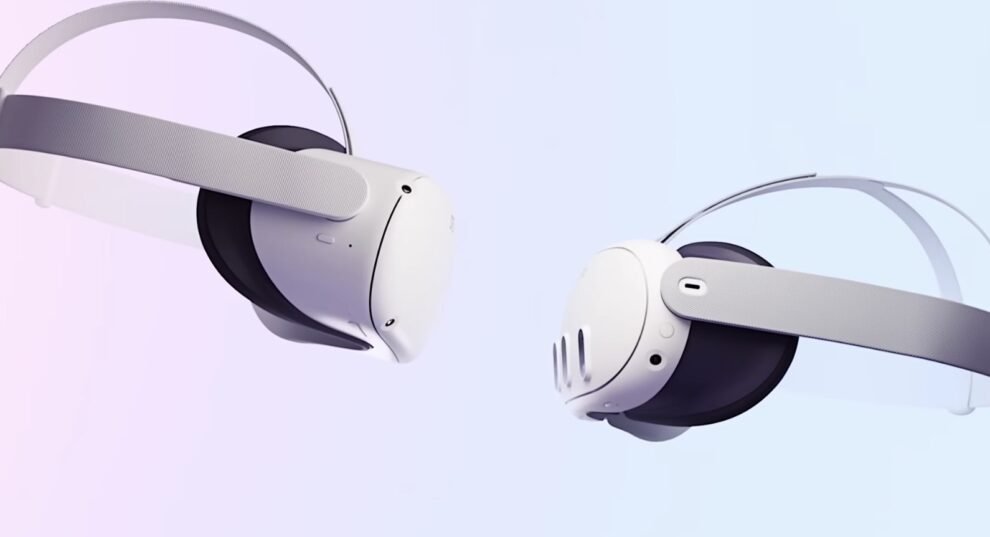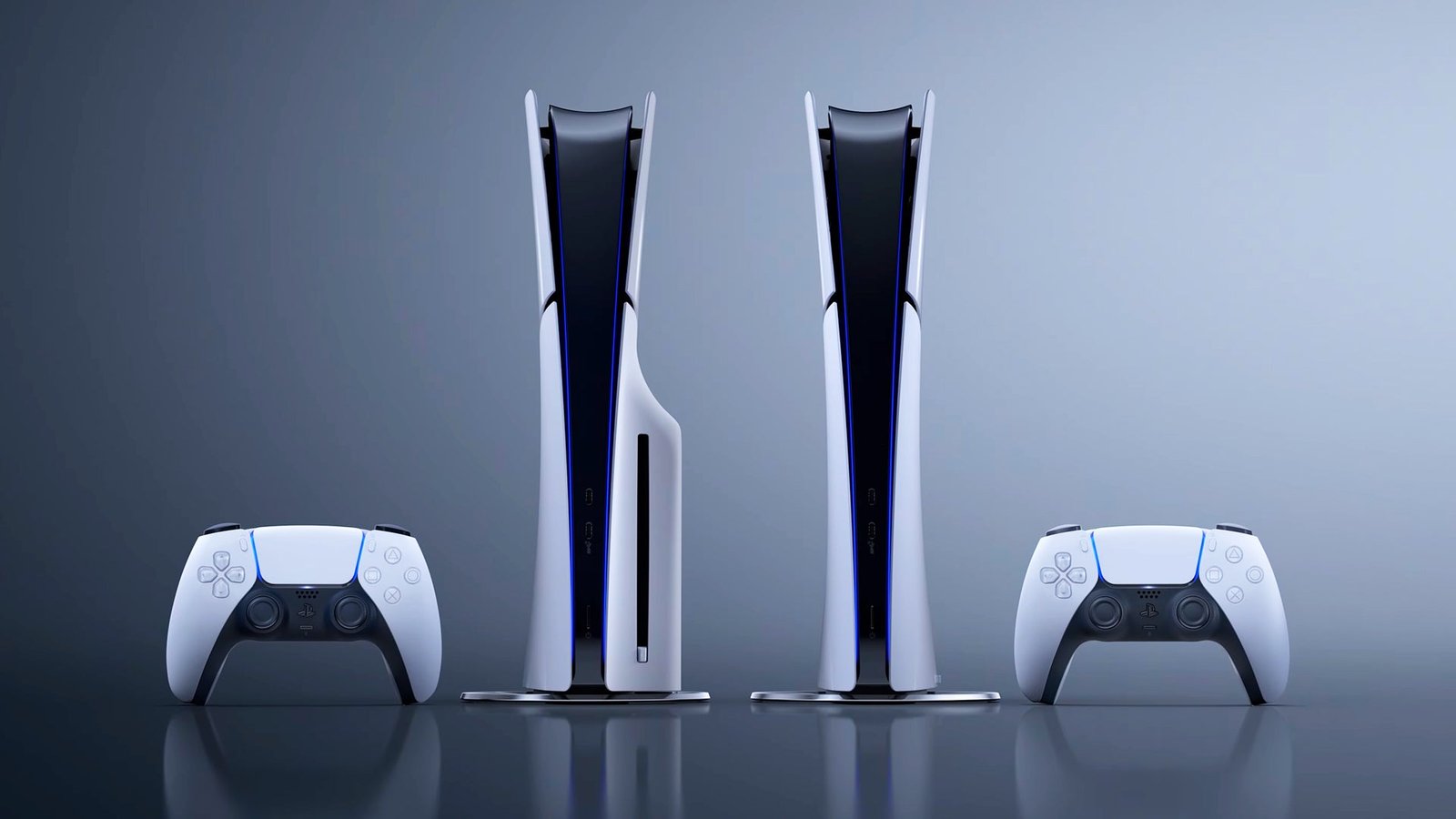The tech world is buzzing with anticipation for the Meta Quest 3 Lite, a more wallet-friendly version of the popular Meta Quest virtual reality headsets. As we edge closer to the launch of the Meta Quest 3, the introduction of a Lite variant adds an intriguing choice for consumers navigating between the existing Meta Quest 2 and the forthcoming Meta Quest 3.
Key Highlights:
- The Meta Quest 3 Lite is designed as a cost-effective alternative, using less expensive components while maintaining the essence of the Quest 3 experience.
- It is expected to feature trade-offs in optics, processor, display, resolution, or field of view (FOV) to lower prices.
- The headset is rumored to launch without controllers, relying on hand gestures or separate purchases for control.
- Positioned as a mid-tier offering, it sits below the standard Quest 3 and above the potential Meta Quest 4 Pro in Meta’s product lineup.
- Rumored release around October 2024, with speculative pricing starting at $200, though it could be closer to $300 to broaden mixed reality access.
This information brings into focus Meta’s strategic adjustments to cater to different segments of the VR market, from budget-conscious users to those seeking premium experiences. As developments unfold, the Meta Quest 3 Lite could significantly influence the accessibility and adoption of mixed reality technologies.
The Snapdragon Factor
The headset is likely to run on the same Snapdragon XR2 Gen 2 chipset as the Meta Quest 3. This should ensure a decent level of performance and graphical capabilities, providing that other hardware isn’t downgraded significantly.
Waiting for the Launch
Although the Meta Quest 3 Lite’s release is rumored sometime in 2024, there’s no word on an official launch date. There’s a possibility that Meta may target a different price point closer to the original Quest 2’s $299 mark, offering an improved mixed reality experience without major sacrifices.
Broadening the VR Horizon
Whether the Meta Quest 3 Lite ends up being an ultra-affordable gateway into VR or a more modest step down from the Quest 3, one thing is clear: Meta has its sights set on getting VR headsets into more people’s hands.
Compromises and Capabilities
To achieve its lower price, the Meta Quest 3 Lite may cut some corners compared to its more advanced sibling. Speculations include sacrificing hand tracking and potentially limiting the passthrough feature to black and white. However, it’s likely to retain the same core processor (Snapdragon XR2 Gen 2) as the Quest 3, ensuring a solid VR gaming experience.
Meta’s Strategy
Releasing a more affordable headset aligns with Meta’s goal of making VR mainstream. The Quest 3 Lite could be instrumental in attracting new users who may have been hesitant due to the higher price points of existing headsets. It may also entice Quest 2 owners to upgrade.
Potential Impact
A well-priced Meta Quest 3 Lite has the potential to shake up the VR market and accelerate adoption on a larger scale. It could set a new standard for entry-level VR experiences, and the competition will undoubtedly need to adapt.



















Add Comment